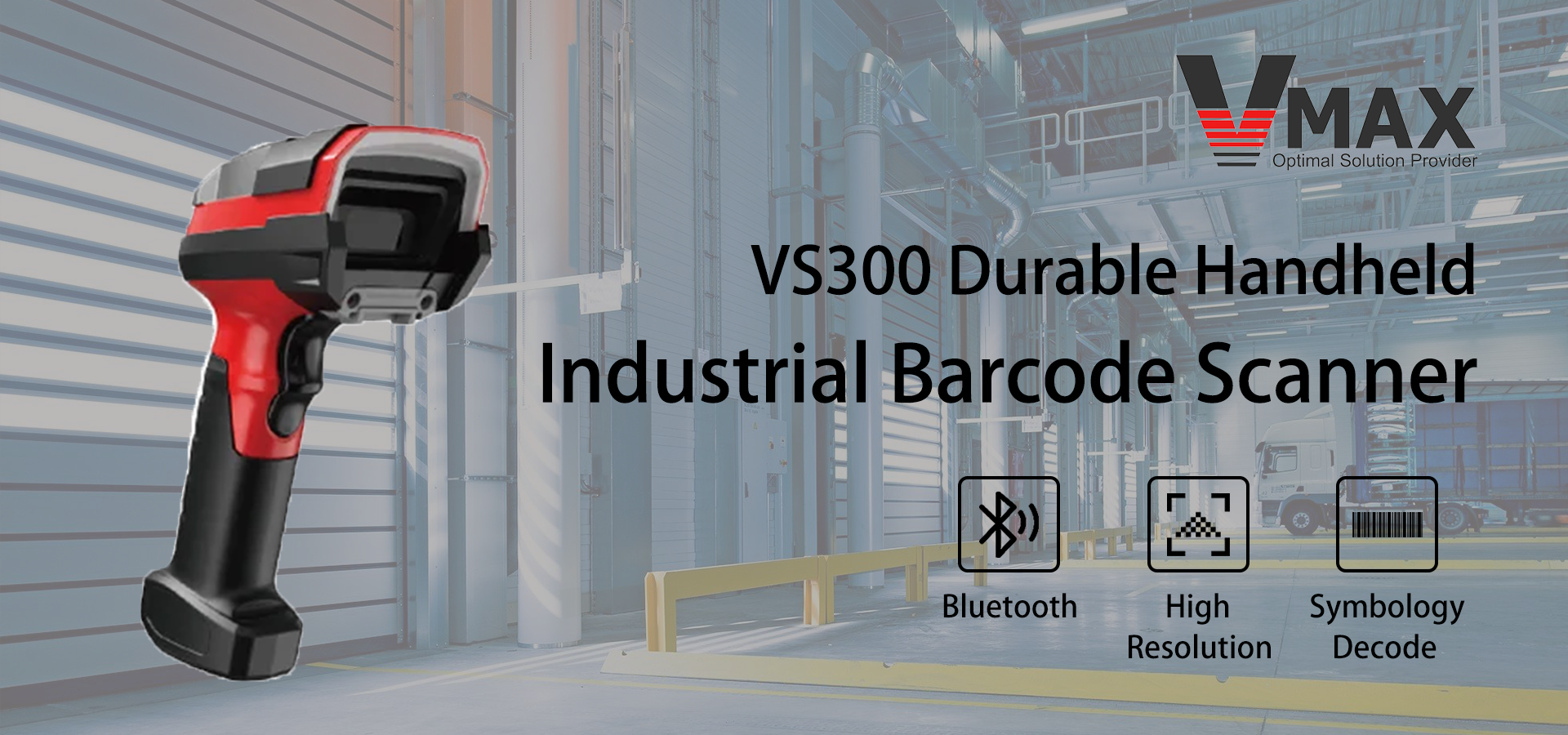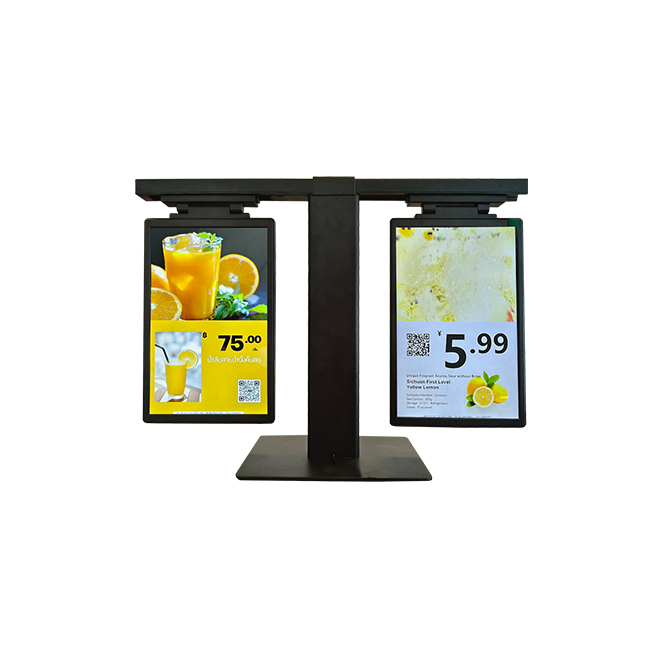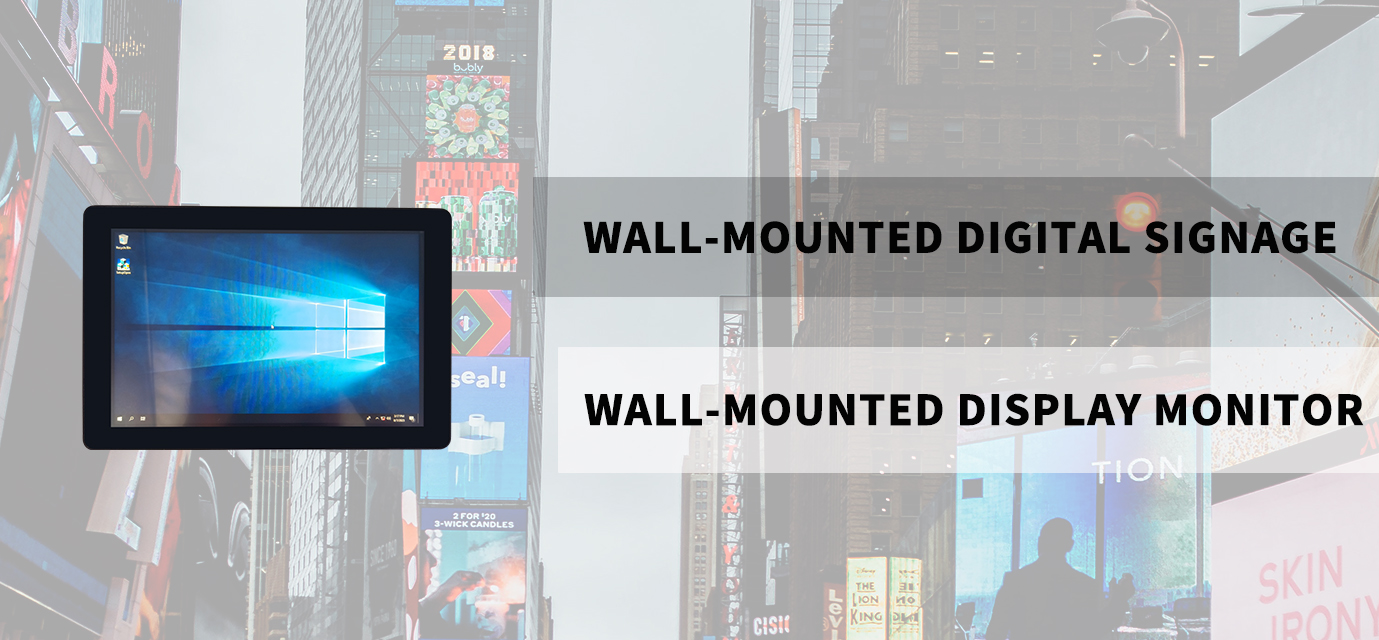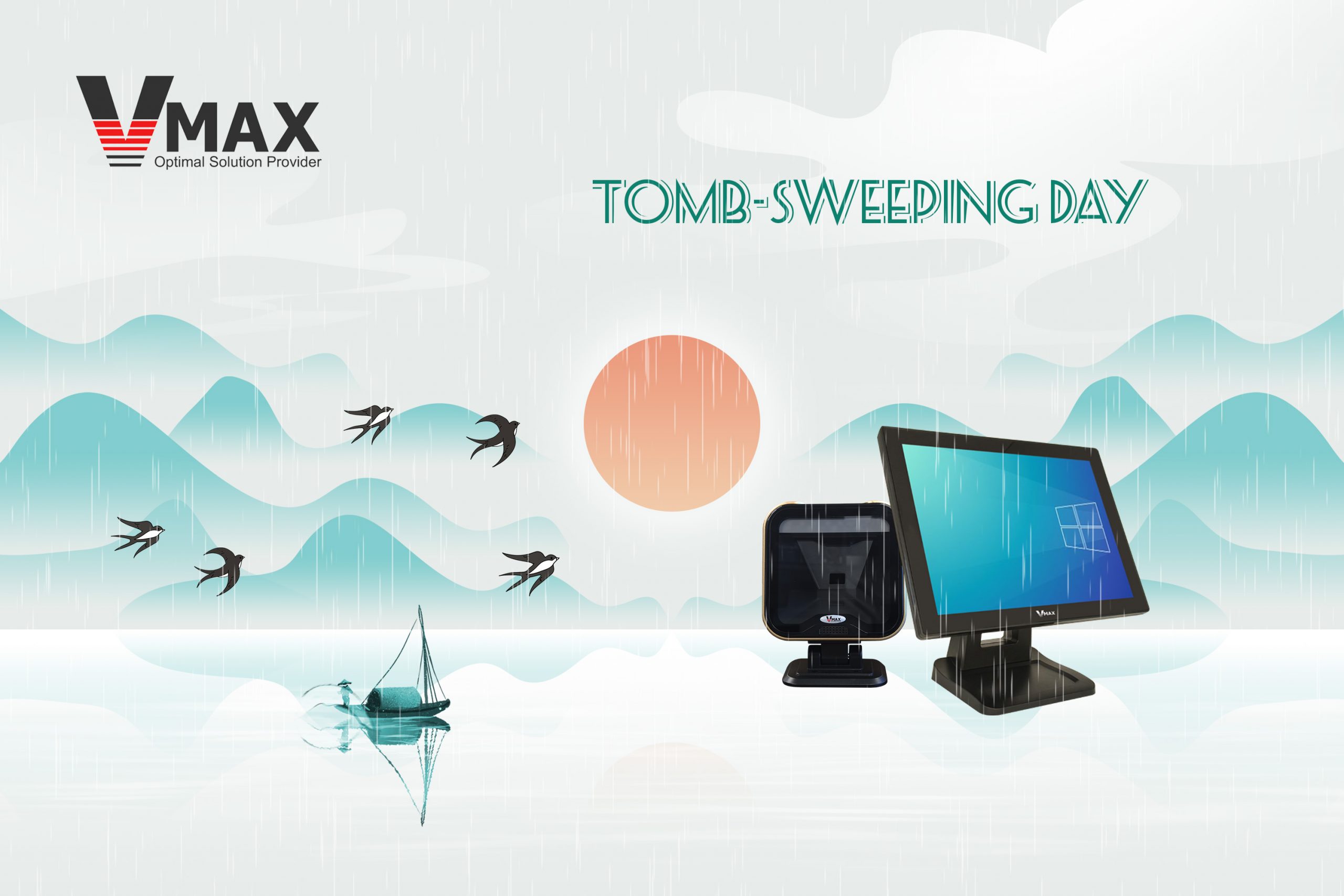What is the Point-Of-Purchase Display, or called POP display?
POP displays are some displays of printed or electronic equipment positioned near a good or service in order to convince customers to purchase it. POP displays can provide a significant amount of flexibility as they can be located anywhere in your square footage.

These displays seem to be simple to integrate or reconfigure afterward to fulfill your marketing goals. Signs, freestanding components, kiosks, or complicated “store within a store” designs that distinguish a brand’s product and place it in a secondary supermarket for an exceptional shopping experience are widely accepted POP displays.
What are POS (Point-of-Sale) Displays?
This display can be discovered in a shop’s transaction processing area, at which customers evaluate out there own transactions. POS displays are applied to significantly boost impulse buying behavior of low-cost convenience items.
Counter displays, floor displays, or “shelves talker” ticket prices attached next to a good or service to attract attention to it are typical examples of POS displays. The most commonly used ones to display are convenience products such as candy, magazines, souvenirs, or low-cost knickknacks.

What Are the Main Differences Between POP and POS?
Despite how similar these concepts appear, they have some very diverse applications. Whereas the are both using graphic elements to advertise and promote specific items, the following are the most important differences to bear in mind.
A POP display is described as:
Positioned where its customer makes consumer choices
Designed to bring customers to purchase a product
Stocked with such a broad range of goods varying from cheap to expensive
A point-of-sale display is:
Where the customer is able to prepare to finish the transaction
Designed to convince individuals to make an immediate buying
A POP display’s objectives and placement are generally more flexible, although a POS display has a fixed intention and location in a retail business.
What are the various types of POP and POS displays?
To provide a pleasurable consumer experience, it is extremely crucial to select the appropriate type of visual display.
The most common display types are:
Free-Standing Display Units
These are typically manufactured of corrugated cardboard or perhaps another light, durable material and can be placed anywhere on a floor plan. They consider making aware that the product is displayed differently than in the conventional section of the store.
Counter Display Units
This display has greater visibility and is excellent for continuing to increase impulse buying behavior because it is positioned directly in front of or near the transactional point of sale.
Display Packs
These are designed to attract attention to the product by involving it with a distinctive holder or dispenser. A display bundle employs graphics and text to grab the attention of customers whenever they think about their options.
Display Stands
This kind of display, which is generally eye-level, can always be put in place almost anywhere in your floor plan and serves as a fantastic way to generate visual interest and bring attention. It wants to give your brand a presence.
Strut Cards
These are generally used along shelves or countertops to supplement how your product is displayed. A strut card is announced on a high-shine, 2-inch thick card that is connected to a strut on the back that continues to support it.
Standees
This category of display is popularly used for major gatherings or movie promotions, and it is formed of foamcore and contains other unique features such as special lighting, sound, or moving pieces. All of those are typically large and self-contained.
What Are the Benefits of POP and POS Displays?
Both help support you in maximizing blank space in your store floor area, selling a product without the necessity for additional staff, going to fill the customer’s basket, and up-selling items. The importance of visual merchandising is that it reduces the hassle of selling.
Are you looking for a one-stop store to manage your POP and POS display, manufacturing, and distributing goods and services? We have the knowledge and experience to handle any problems with POS displays. Please contact us today for a free estimate.





